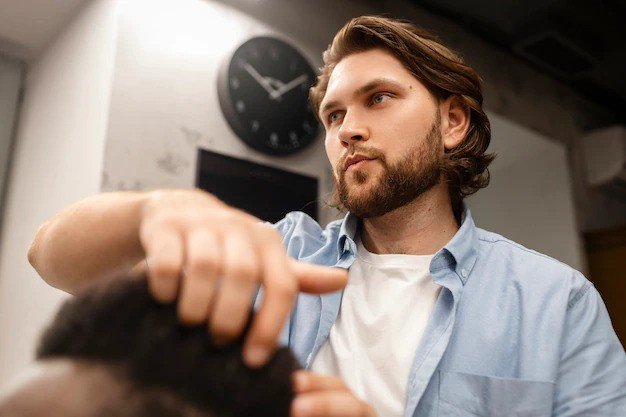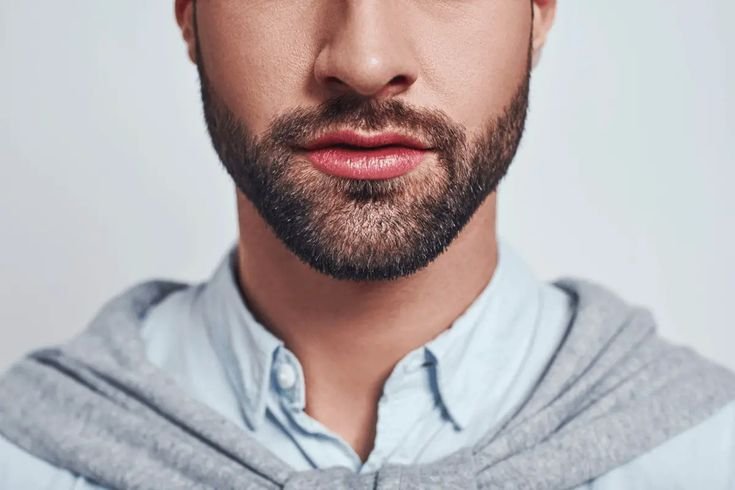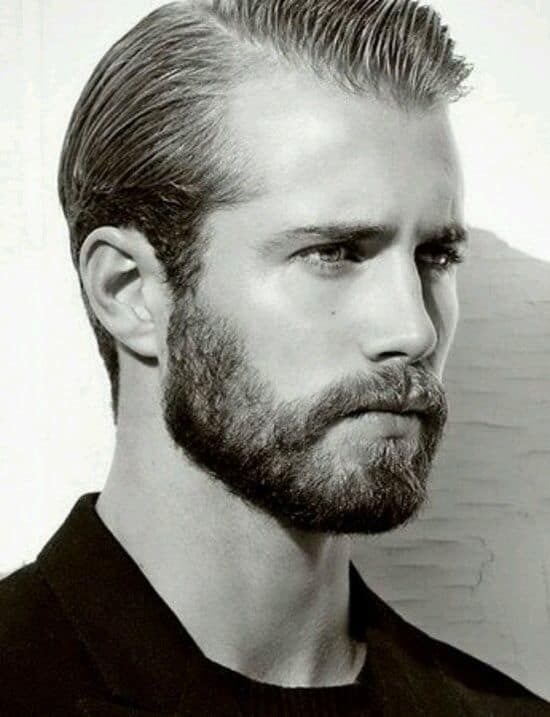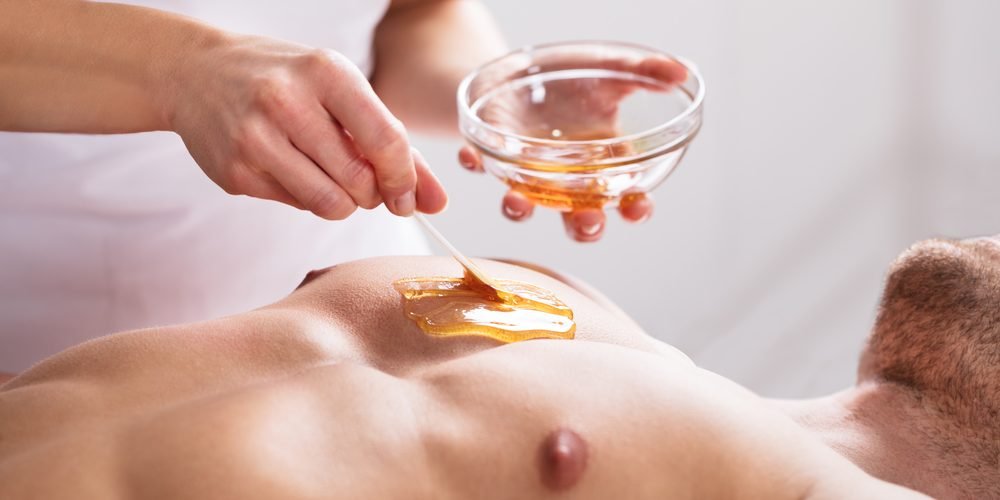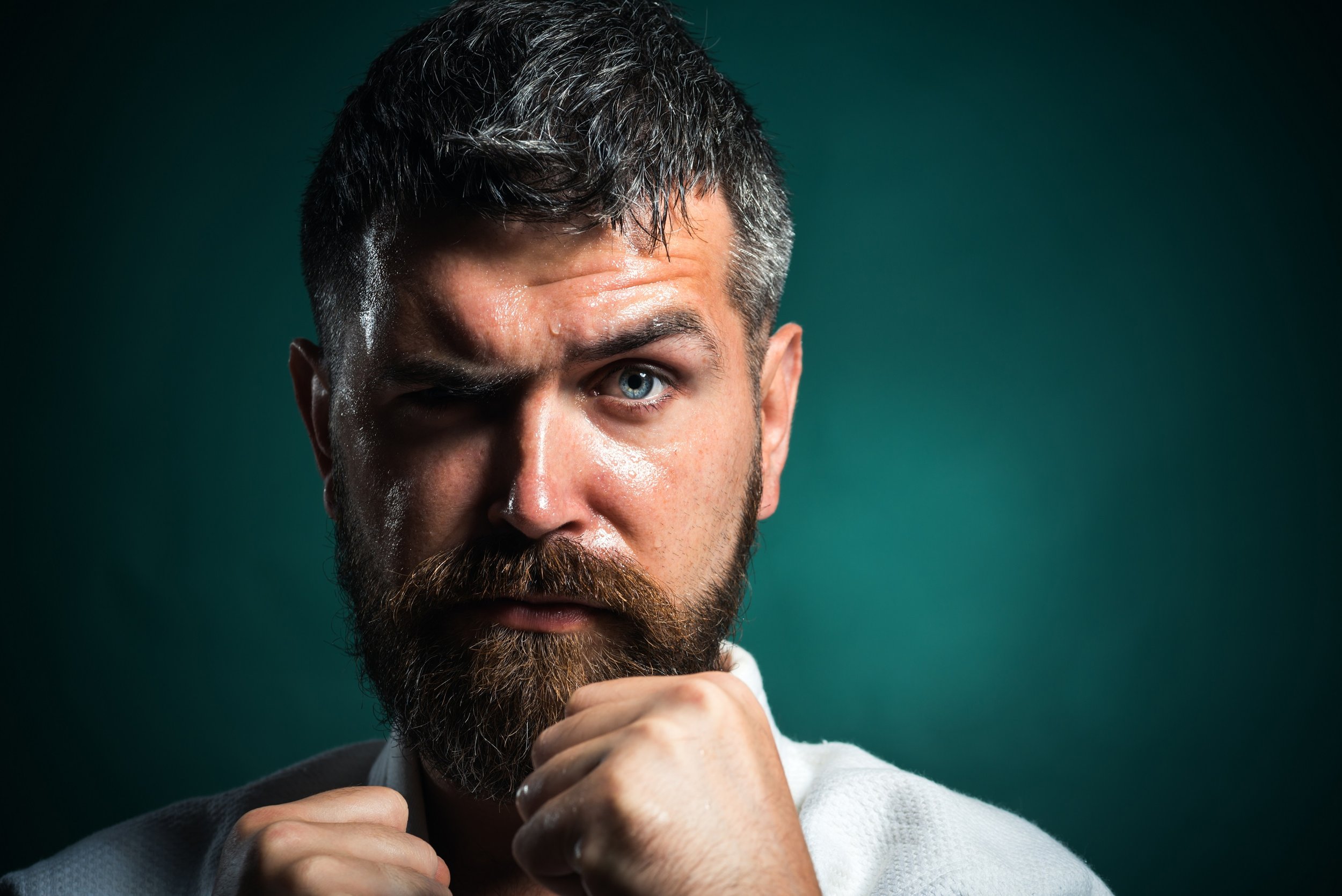How much does a barber cost? This is a common question for anyone considering their next haircut. In the world of grooming, a fresh haircut is more than just a trim – it's a confidence boost, a style statement, and an investment in self-esteem. However, determining the average cost of a haircut for a man involves considering several factors.
This comprehensive guide delves into the intricacies of haircut pricing, exploring the impact of location, salon reputation, ambiance, the type of haircut, and the often-overlooked aspect of tipping.
Location Matters: Unraveling Geographic Influences on Haircut Prices
How much does a barber cost in different locations? Haircut costs vary by location. Urban areas like New York City or Los Angeles have higher prices due to increased living costs and demand. Suburban and rural areas often offer more affordable options.
Styling in the City:
Metropolitan areas command higher fees, reflecting the increased cost of living and demand for top-tier stylist expertise.
Suburban Savvy:
Suburban or smaller-town salons may offer more budget-friendly options due to lower operating expenses. This doesn't mean a compromise in quality, but reflects the economic dynamics of different regions.
Reputation & Ambiance: Investing in the Salon Experience
Beyond location, the question of how much does a barber cost is also influenced by the reputation and ambiance of the salon. Establishments known for employing highly skilled and sought-after stylists often set their rates at a premium. Additionally, salons that prioritize a luxurious and comfortable atmosphere may charge more for the overall experience.
PRESTIGIOUS SALONS:
Renowned salons with celebrity stylists or those recognized for pushing the boundaries of hair fashion are likely to command higher prices. Clients often view the expense as an investment in the expertise and innovation offered.
LUXURY AND COMFORT:
Salons that invest in creating a relaxing and upscale ambiance may justify higher prices based on the overall experience they provide. From plush furnishings to personalized service, these factors contribute to the perceived value of the haircut.
Type of Haircut: Tailoring Prices to Style Complexity
The cost of a haircut can also depend on the complexity and time required. How much does a barber cost for a straightforward trim versus a detailed style transformation? A simple trim is usually less expensive than intricate designs or style changes.
BASIC TRIM:
A simple trim to maintain an existing style or to remove split ends generally falls on the lower end of the pricing spectrum. Barber Shops or salons offering quick and efficient services may cater to clients seeking a straightforward cut without additional styling.
SPECIALIZED STYLES:
For elaborate styles, such as precision fades, layered cuts, or intricate designs, the pricing is likely to be higher. These styles demand advanced skills, creativity, and meticulous attention to detail, contributing to an elevated cost.
What About Tipping? The Unspoken Gratitude in Grooming
Tipping is a customary practice in the grooming industry, serving as a gesture of appreciation for the stylist's skill, time, and dedication. Understanding how much to tip a barber or stylist is essential in maintaining a respectful and mutually beneficial client-stylist relationship.
HOW MUCH TO TIP BARBER:
Tipping practices vary, but a standard guideline is to tip between 15% and 20% of the haircut cost. For example, if your haircut costs $40, a tip of $6 to $8 is considered appropriate. However, if you're exceptionally pleased with the service, it's perfectly acceptable to tip more.
FACTORS INFLUENCING TIP AMOUNT:
Factors such as exceptional service, attention to detail, or accommodating special requests may warrant a higher tip. Similarly, if the stylist spends extra time perfecting your haircut or provides additional services, adjusting the tip accordingly reflects your gratitude.
How Much Is a Haircut? Averages and Industry Insights
Average cost of a haircut for a man is around $28 in the United States. This price can vary significantly based on factors like location, salon reputation, and haircut complexity. For women, the average haircut cost is about $44. These figures are general estimates, and actual prices may differ.
INDUSTRY INSIGHTS:
Industry reports suggest that haircut prices have been steadily rising in recent years, with the demand for skilled stylists and evolving style trends contributing to the upward trend. Keeping abreast of industry insights can provide clients with a better understanding of the prevailing market rates.
QUALITY VS. BUDGET:
Finding the right balance between the quality of service and budget considerations is key. Researching salons, reading reviews, and considering personal grooming goals can aid in making informed decisions about where to invest in a haircut.
FAQs
Q1: How much does a barber cost?
A: The cost of a barber varies widely depending on factors such as location, salon reputation, ambiance, type of haircut, and tipping practices. On average, a man's haircut in the United States costs around $28. These factors collectively determine the overall pricing of barber services.
Q2: How much does a barber cost in different locations?
A: Haircut prices vary greatly depending on location. Major cities such as New York City or Los Angeles often feature higher prices due to the elevated living costs and greater demand. Conversely, suburban and rural areas frequently offer more budget-friendly options without compromising quality.
Q3: What influences the cost of a haircut?
A: Several factors influence the cost of a haircut, including the salon's reputation, ambiance and comfort, the complexity and time required for the haircut, and the stylist's skill level. These elements together determine how much you will pay for a haircut.
Q4: How much should I tip my barber?
A: Tipping practices vary, but a standard guideline is to tip between 15% and 20% of the haircut cost. For instance, if your haircut costs $40, a tip of $6 to $8 is appropriate. Exceptional service or extra time spent may warrant a higher tip.
Conclusion: Decoding the Investment in Confidence
In the realm of grooming, a haircut is not merely a transaction – it's an investment in confidence, style, and personal well-being. Understanding the factors influencing haircut prices, including location, salon reputation, the complexity of the cut, and tipping etiquette, empowers individuals to make informed choices aligning with their preferences and budget.
Asking, "How much does a barber cost?" unveils a nuanced landscape where variables intertwine to shape the grooming experience. The average cost of a haircut for a man in the United States is around $28. Whether you're seeking a trendy style overhaul, a classic cut, or a meticulously crafted design, recognizing the value of the service provided allows you to navigate the world of haircut pricing with confidence. A well-chosen haircut is more than a style choice – it's a statement that reflects your personality, boosts your confidence, and leaves you ready to conquer the world.






